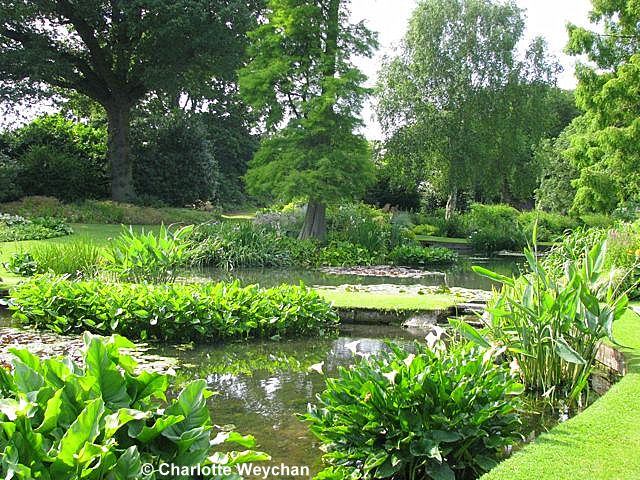![]() |
| The weekly market at Kotpad, which takes place on Tuesdays |
Odisha is billed as one of India's best-kept secrets, but in reality, it is one of the nation's most under-developed states and therefore relatively inaccessible in terms of facilities for tourists. But if you're prepared to take the rough with the smooth, this beautiful state is well worth visiting because of its rich history and culture - particularly the amazing tribal people and the thriving handicraft and handloom industries, operating from the front rooms of village people's homes.
![]() |
Self on a trip to one of Odisha's waterfalls from Desia
|
The capital of Odisha is Bhubaneswar (pronounced boo-ban-esh-wah) which is served by direct flights from the capital Delhi, as well as Mumbai, Kolkata and Hyderabad. The other option is to arrive by train, but I chose to fly in from Delhi and on arrival, transferred to the coastal town of Puri to use it as a base for making my onward travel plans to other parts of the state. It was hard to make plans to travel within the state without being on site, because I felt that I knew little about the terrain.
![]() |
Dried fish is one of the many delicacies you will find at the local haats in Odisha
|
Originally known as Orissa and still called that by many of its residents, the state changed its name in 2011, as did the official state language - from Oriya to Odia. It is somewhere that I have always wanted to visit because of the large numbers of surviving tribes who live there, caught in a time capsule in their remote villages in the heart of the countryside. But finding a way to access them proved almost impossible until I found Yugubrata Kar in the seaside town of Puri on the Bay of Bengal. He runs a local travel agency, but is also a major player in the local community, committed to preserving Odisha's history.
![]() |
| Desia is at the heart of Odisha's tribal community in the north-western part of the state |
Known affectionately by both friends and family as "Bubu", this man has created an extraordinary community in the heart of tribal Odisha. He and his wife Sheeri have built a camp called "Desia" which is entirely staffed by local people from the neighbouring villages and, working alongside their staff, they have created an eco-camp experience in a remote area of north-eastern Odisha, that nobody but the feint-hearted should miss.
![]() |
| A roadside stop with Sheeri (right) to buy fresh vegetables en route to Desia |
Desia is a combination of tented camp and eco-cottage living, staffed by the local people from the villages, who cook, guide and nurture their guests. So with Bubu's help I set off from Puri by car and headed to the camp, which would be my home and base for a week as I explored the local area and tribal markets. It was a week that changed my life forever because I left behind all ties with modern-day civilisation, including the internet. There is a landline at Desia, but if you want access to the net, you need to go to the local "Jio Tree" where you might be lucky enough to get a signal!
![]() |
| Some of the Bonda and Gaddava women at Onukudelli market |
Ideally located in the heart of tribal Odisha, Desia serves as an ideal base to visit the wonderful local markets, known as "haats" that occur throughout the region on set days of the week, bringing the many different tribal people out to trade and barter their wares at some of the most colourful events I've ever witnessed in my travels. The local people travel many miles to the haat, not just to buy or sell, but also to exchange news and gossip with each other.
![]() |
| Bonda lady at Onukudelli in November 2022, photographed by author with telephoto lens |
One of the most popular markets with visitors is Onukudelli, which takes place on a Thursday, because of the large numbers of Bonda and Gaddava women who attend wearing their colourful clothes and highly-noticeable neck jewellery. But it is also popular with tourists, so if you are lucky enough to go as a foreigner, please practise responsible tourism and don't push your camera in the faces of these people or buy their necklaces, even if you're tempted.
![]() |
| Visiting Kotpad market with one of the leading lights of Desia (on right) |
To make the most of a tour of this region, plan a trip for at least four to seven days so you can make the most of several of the local markets, rather than just one. Desia is well placed to allow you to get to these markets and can make the arrangements for you, with the services of a local guide. Tours can be booked directly through Heritage Tours Orissa who can help you with all your land arrangements, including pick-up from the airport.




































































































